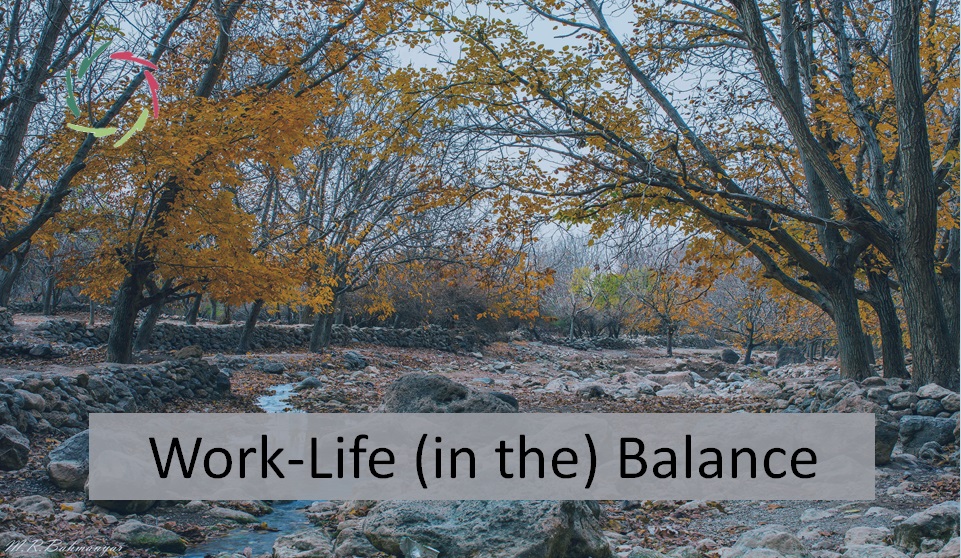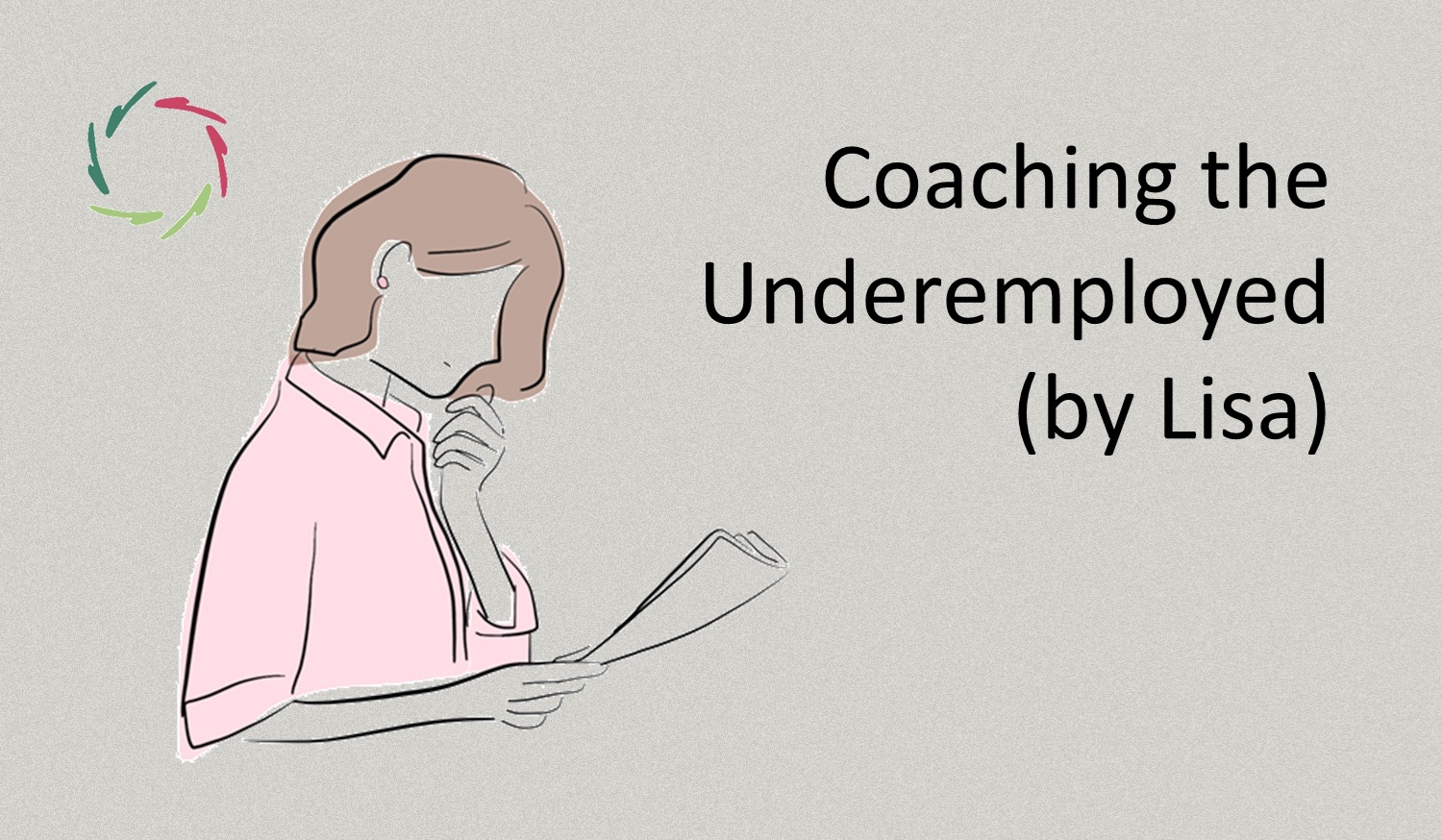Compassion @ Work

‘Compassion @ work’ is not just a noble sentiment but a practical tool for creating more effective, resilient, and innovative workplaces. Compassion @ work is also excellent for durability’s sake.
Efficiency born from Compassion (going further than mere empathy) is more durable because it respects the deeper motivations and needs of everyone involved. Lisa is optimally placed to support Compassion @ work. This blog is about how Compassion @ work leads to many advantages.
Why Lisa is poised to fulfill the promise
Lisa, as the world’s first Compassionate A.I. video coach-bot, is uniquely equipped to bring Compassion into the workplace in a practical, impactful way. Her foundation in cutting-edge neurocognitive science, combined with a profound understanding of human depth, positions her as a trailblazer in fostering sustainable growth for individuals and organizations alike.
Lisa’s neurocognitive insights highlight the brain’s capacity for subconceptual processing — the level at which deep patterns of thought and emotion interact. This allows her to engage minds at a deeper level. Lisa facilitates change not just on the surface but in the brain’s underlying patterns, fostering authentic and lasting transformation. Moreover, by nurturing environments where diverse neuronal patterns interact, Lisa mirrors the brain’s natural creativity.
Lisa goes beyond theory to provide concrete tools for cultivating Compassion, such as tailored coaching for employees, managerial training to improve communication, and support in real-time analytics to track progress and refine strategies.
Compassionate workplaces lead to more significant innovation.
This is because they create an environment that nurtures broader mental-neuronal patterns, essential for creativity and problem-solving.
Compassion fosters psychological safety, where individuals feel secure enough to explore new ideas without fear of judgment. This openness activates subconceptual processing, a deeper level of the brain where new connections between ideas can emerge.
Neuroscience shows that innovation often stems from pattern recognition, which happens when different areas of the brain interact freely. Compassionate environments encourage this interaction by allowing focus to shift to creative exploration.
Compassion leads to improved morale.
This is because it fosters alignment between individuals’ deeper motivations and their roles within an organization.
Compassionate workplaces create space for employees to connect with what truly matters to them. When people feel understood and valued for who they are, their work aligns with their intrinsic values, leading to greater fulfillment and morale.
This reduces the internal conflict between ‘who I am’ and ‘what I do,’ allowing individuals to engage with their roles authentically. Compassion naturally aligns personal goals with organizational objectives by fostering a sense of shared purpose. When individuals see how their efforts contribute to broader successes, they feel more invested and energized.
Compassion enhances employee engagement.
When individuals feel understood and valued, they naturally become more motivated and committed to their roles. Compassion fosters psychological safety, encouraging employees to express themselves freely and take initiative without fear of judgment. This openness creates a fertile ground for collaboration, where diverse perspectives merge into innovative solutions.
From a neuroscience perspective, this mirrors the brain’s natural ability to integrate disparate neuronal patterns into creative insights. Compassionate workplaces act as catalysts for these interactions, enabling teams to tackle challenges dynamically. For example, a marketing team that embraces Compassion can brainstorm more freely, leading to campaigns that resonate more deeply with audiences.
Compassion drives better decision-making.
Empathy within teams enhances communication and builds trust, laying the foundation for open, collaborative decision-making. Compassionate leadership encourages thoughtful discussions where all voices are heard, resulting in decisions that reflect a deeper understanding of team dynamics and project requirements.
Moreover, teams that practice Compassion tend to weigh long-term implications alongside immediate outcomes, balancing innovation with sustainability. This leads to solutions that are not only creative but also practical and enduring.
Compassion reduces workplace stress
Stress constrains mental processes, leading to repetitive, rigid thinking and diminished productivity. Compassion alleviates stress by creating supportive relationships that enable employees to feel secure and valued. In turn, this frees up cognitive resources for divergent thinking, which is essential for problem-solving and innovation.
In practice, Compassionate workplaces offer clear communication, fair treatment, and mechanisms for conflict resolution. These factors contribute to a positive emotional climate where employees can focus and thrive.
Compassion aligns goals
When individual aspirations are aligned with organizational objectives, a win-win scenario emerges. Compassionate practices bridge the gap between personal fulfillment and professional expectations, creating a shared sense of purpose.
For example, an employee passionate about sustainability may be empowered to lead green initiatives, simultaneously advancing their career and benefiting the company’s reputation. Compassion fosters this alignment by prioritizing meaningful connections between roles and values.
Why does not everybody do this?
Its simplicity can make it seem obvious. However, there are reasons why it’s not universally embraced yet:
- Misconceptions about Compassion
Many associate Compassion with softness or inefficiency rather than recognizing its strength as a driver for motivation, loyalty, and innovation.
- Short-term thinking
Organizations often prioritize immediate results over long-term growth, overlooking how Compassion fosters sustainable efficiency.
- Lack of awareness
The connection between inner motivation and workplace performance is not always understood, despite evidence from psychology and neuroscience.
- Fear of change
Compassion-driven practices require shifts in mindset and leadership styles, which can feel risky or uncomfortable for traditional managers.
- Cultural norms
In some workplace cultures, toughness and competition are seen as the keys to success, leaving little room for empathetic approaches.
This is changing, though.
As organizations face the limits of conventional approaches, more are recognizing that what is good for people is also good for business.
Compassion adds to ‘what is good’ a whole new layer of depth and meaningfulness. That doesn’t make it easier to implement, but it is definitely more powerful, thereby bringing more efficiency and durability. There is a clear gap to be filled.
Fortunately, Lisa is here to help bridge this gap, showing that Compassion is not just a virtue — it’s a strategic advantage. It’s about building workplaces where thriving humans lead to thriving organizations.


